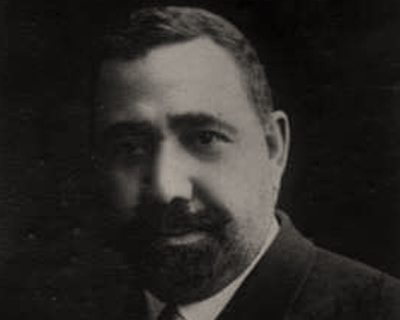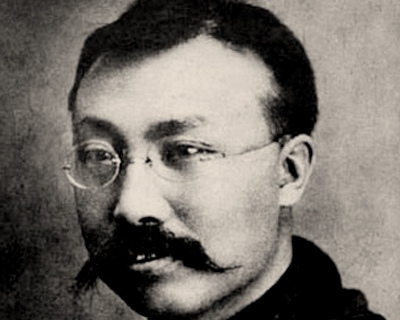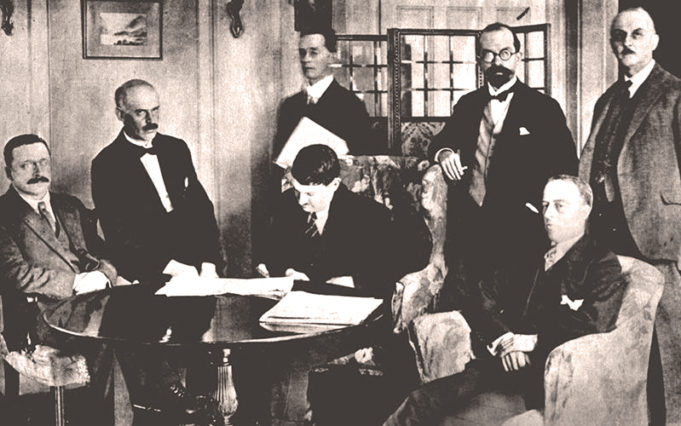Source / CC-BY-SA-3.0 / GFDL
1 – Britain Declare a Truce with Ireland – Anglo-Irish Treaty Signed
On December 6, 1921, a Treaty was signed between Irish and British negotiators that determined the shape of 20th century Ireland.
The Irish War of Independence was brought to an uneasy end with a Truce on July 11, 1921, between the IRA and British forces.
In the autumn of that year, negotiations began, which were to eventually result in the Anglo-Irish Treaty.
The agreement was signed in London on 6 December 1921, by representatives of the British government, which included Prime Minister David Lloyd George, and by representatives of the Irish Republic, including Michael Collins and Arthur Griffith.
The Irish representatives had the power to sign the treaty without reference back to their superiors, though the British government declined to recognize that status.
As required, the agreement was ratified by ‘a meeting’ of the members elected to sit in the House of Commons of Southern Ireland and by the British Parliament.
In reality, Dáil Éireann first debated then ratified the treaty; members then went ahead with the ‘meeting’. Though the treaty was narrowly ratified, the split led to the Irish Civil War, which was won by the pro-treaty side.
The Irish Free State as contemplated by the treaty came into existence when its constitution became law on 6 December 1922, with a royal proclamation giving the force of law to the Irish Free State Constitution Act 1922.
2 – Portuguese Prime Minister António Granjo Murdered in a Coup

António Joaquim Granjo was a Portuguese lawyer and politician. He was a committed republican from his youth, long before the 1910 overthrow of the monarchy.
Granjo became a member of the National Constituent Assembly, elected on 28 May 1911. He gave up his constituency in order to join the army; during World War I.
After President Sidónio Pais was killed, Granjo took action against the Monarchy of the North, an attempt to restore a royalist regime in the north of Portugal, in 1919.
He was President of the Municipal Chamber of Chaves, from February to July 1919. He then became one of the founders of the Republican-Liberal Party.
During Domingos Pereira’s coalition government, he served two brief terms as Prime Minister, the first time, from 19 July to 20 November 1920.
Afterward, he was nominated Prime Minister again, to take the place of another liberal, Tomé de Barros Queirós, on 30 August 1921. During the infamous ‘Noite Sangrenta‘ (bloody night), on 19 October 1921, Granjo was assassinated.
The political affiliation of his murderers is still a matter of dispute. That same night, two other prominent Republicans Machado Santos and Carlos da Maia, also lost their lives.
3 – The Communist Party of China was Founded

Marxist ideas started to spread widely in China after the 1919 May Fourth Movement.
In June 1920, Comintern agent Grigori Voitinsky was sent to China and met Li Dazhao and other reformers. He financed the founding of the Socialist Youth Corps.
The Communist Party of China was initially founded by Chen Duxiu and Li Dazhao in the French concession of Shanghai in 1921 as a study society and an informal network.
There were informal groups in China in 1920, and also overseas, but the official beginning was the 1st Congress held in Shanghai and attended by 53 men in July 1921 and later transferred from Shanghai to Jiaxing.
The birth of the party was declared here in a boat on South Lake. It is therefore considered by the Chinese to be one of the most important historical places of the revolution.
The formal and unified name ‘Zhōngguó Gòngchǎn Dǎng‘ (Chinese Communist Party) was adopted and all other names of communist groups were dropped and the final agenda was carried out.
The party grew quickly, and by 1949 the CPC had driven the Kuomintang (KMT) government from mainland China after the Second Chinese Civil War, thus leading to the establishment of the People’s Republic of China.









